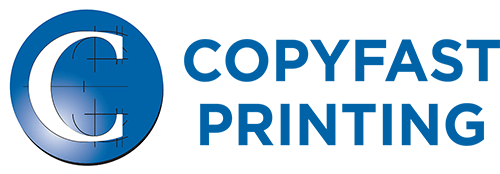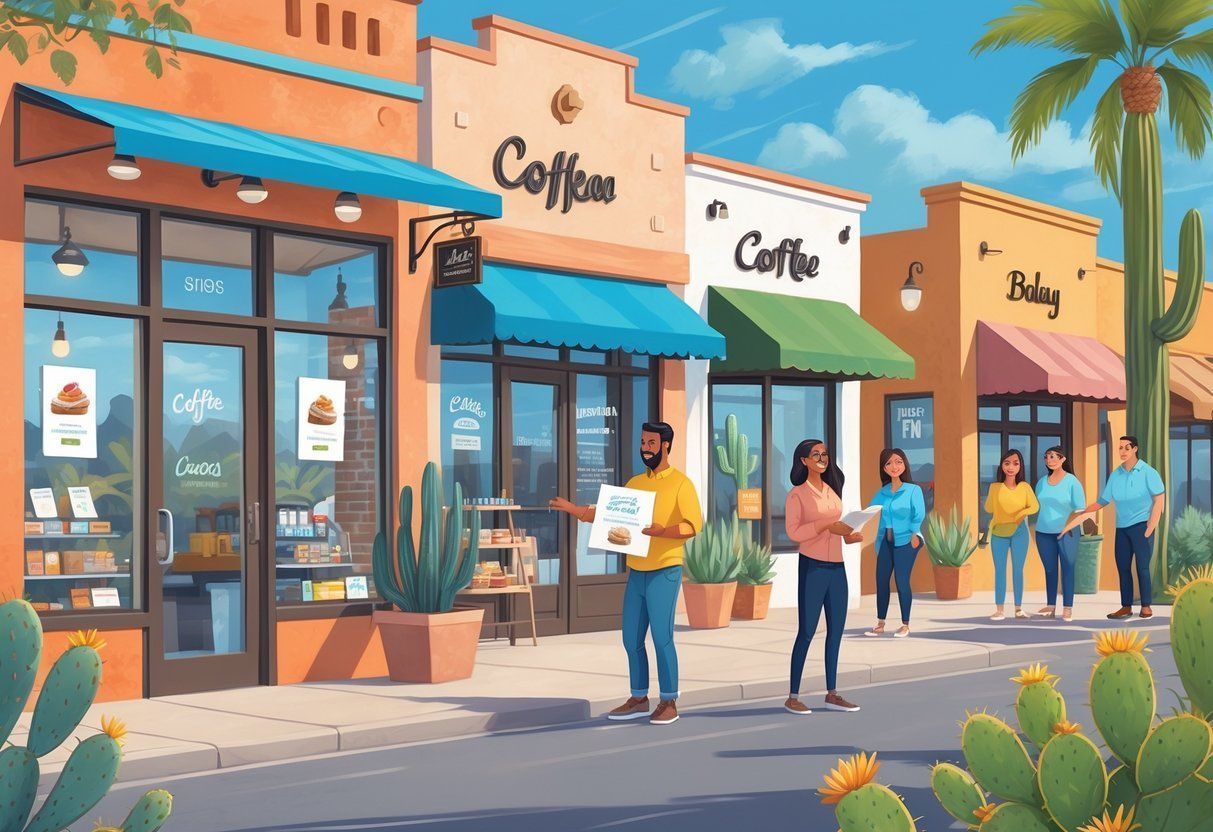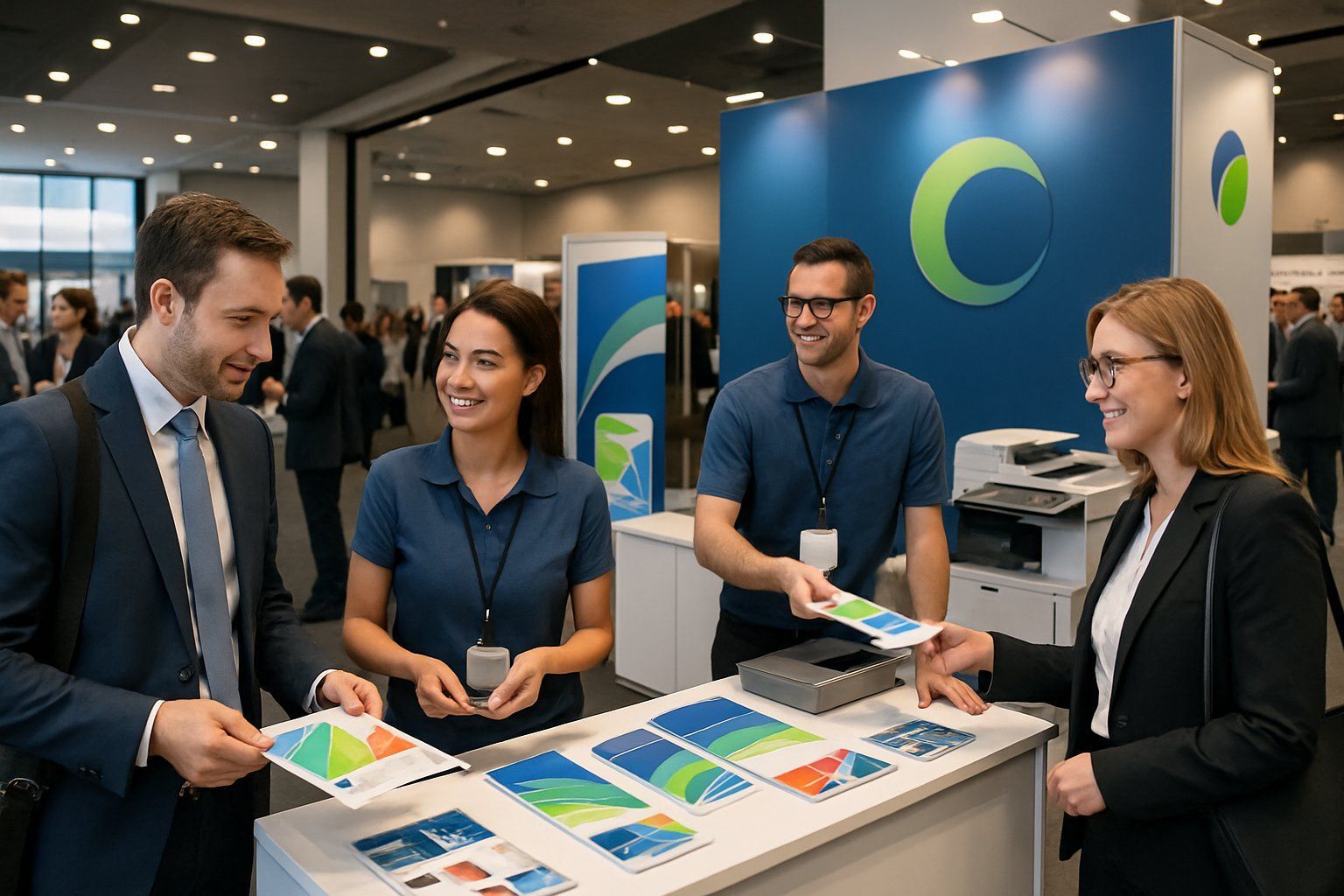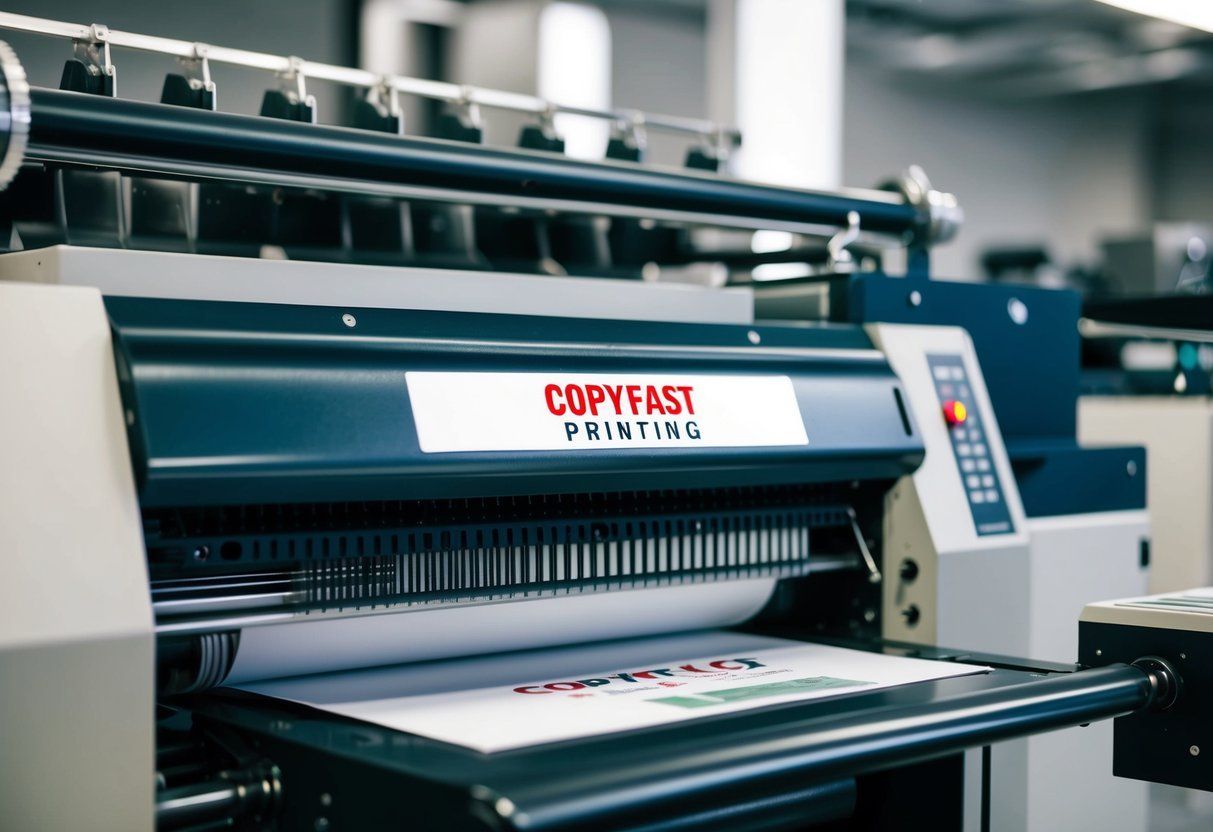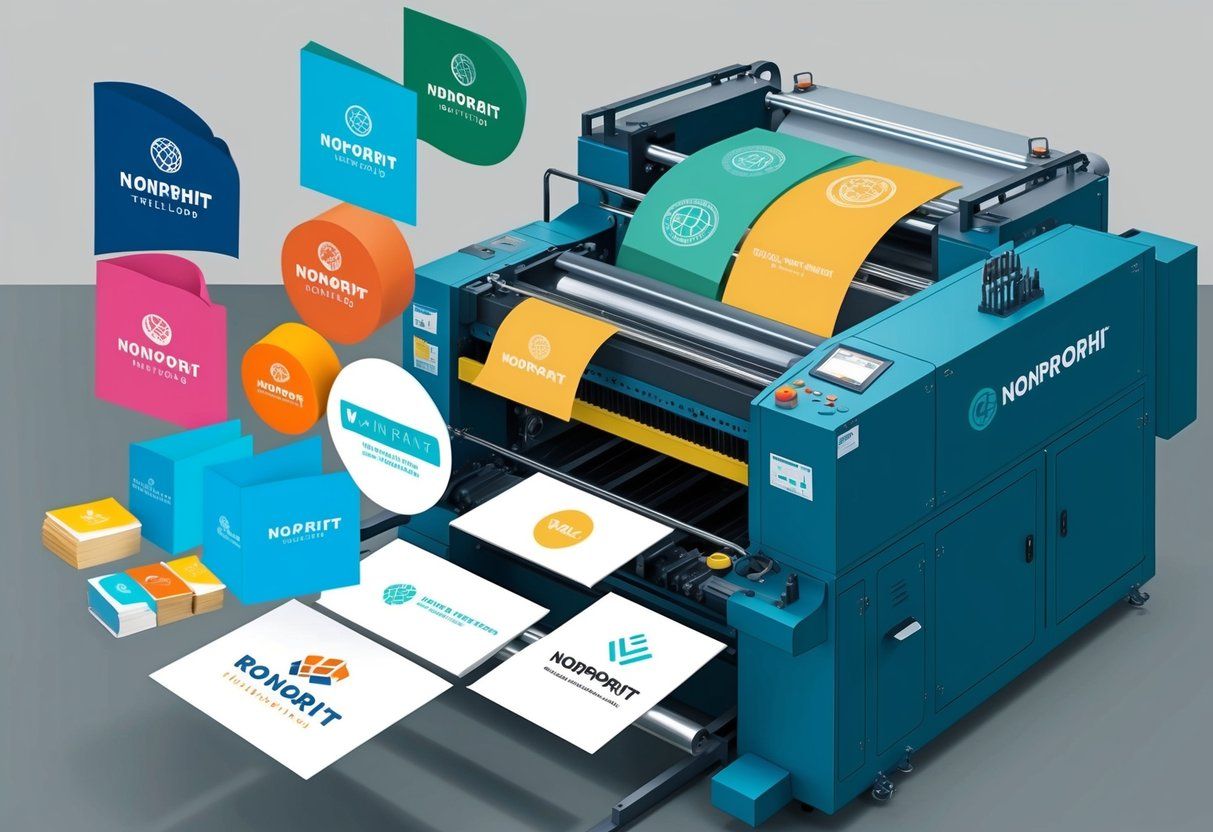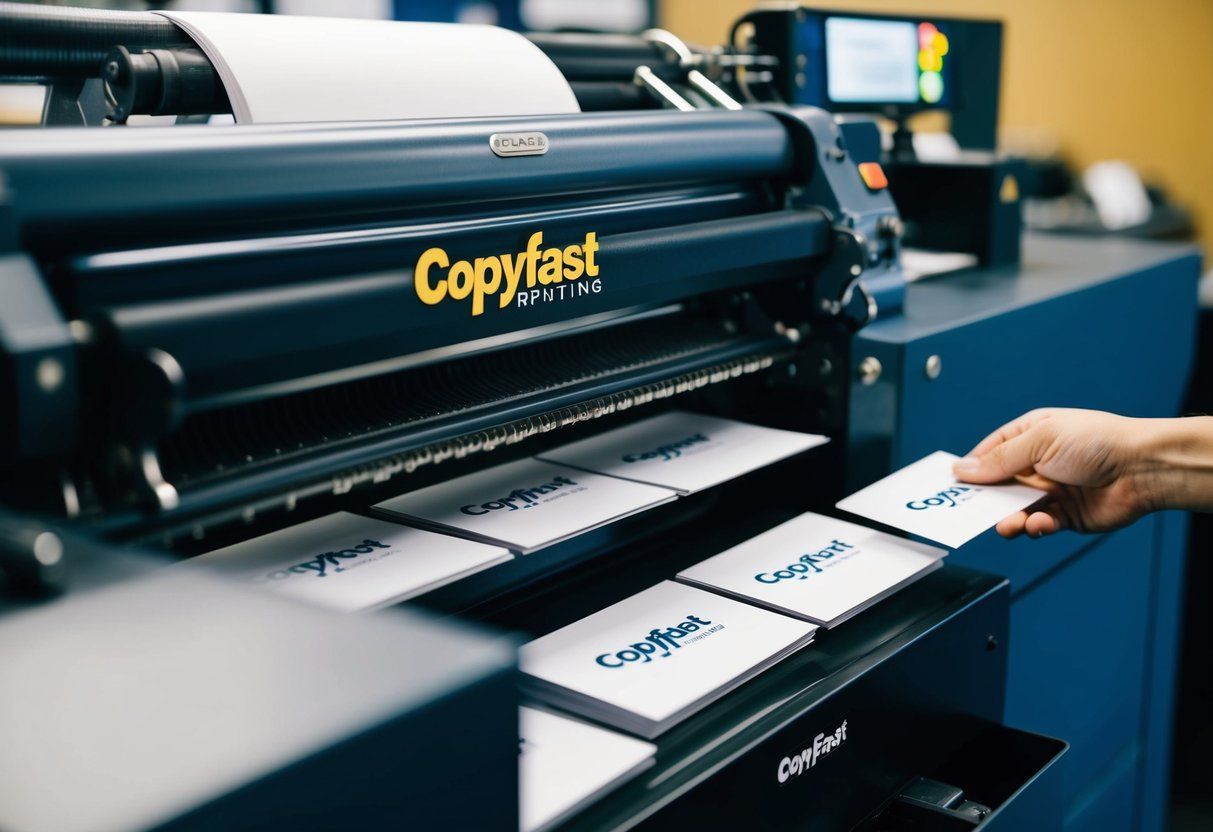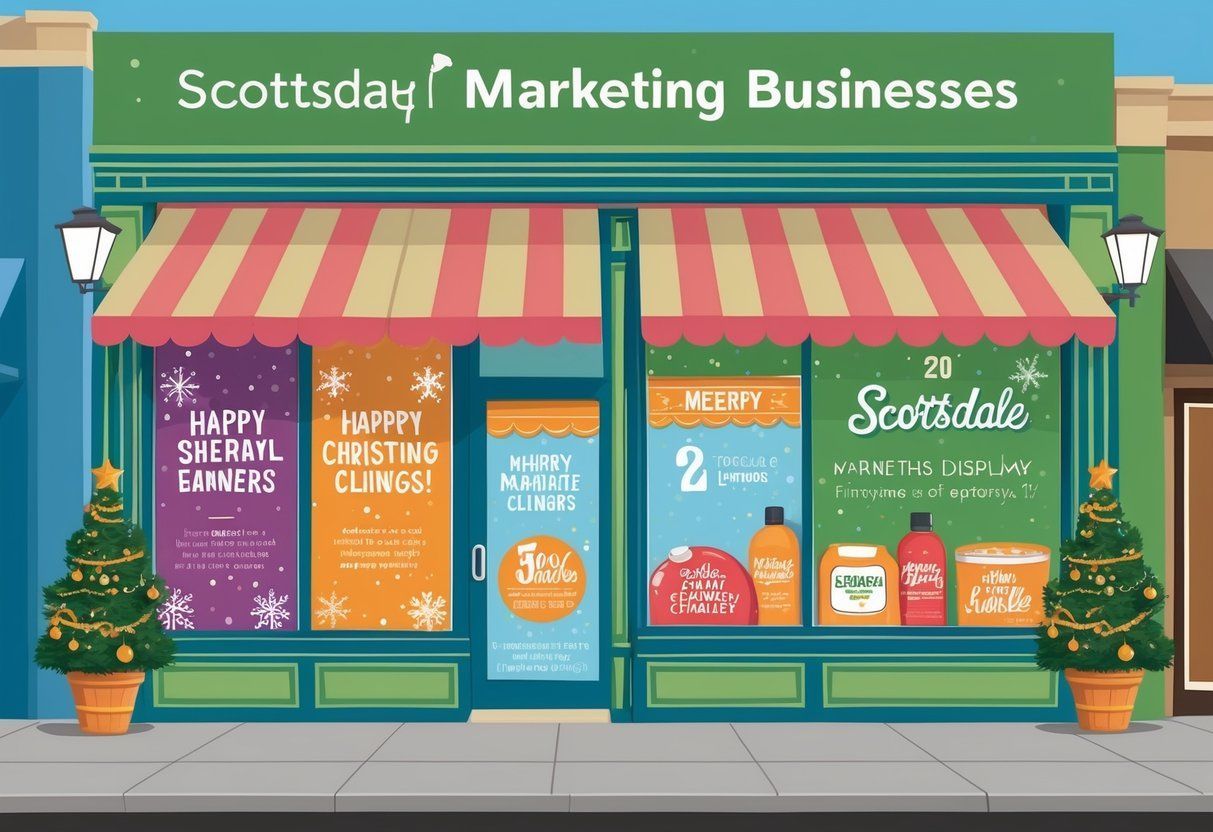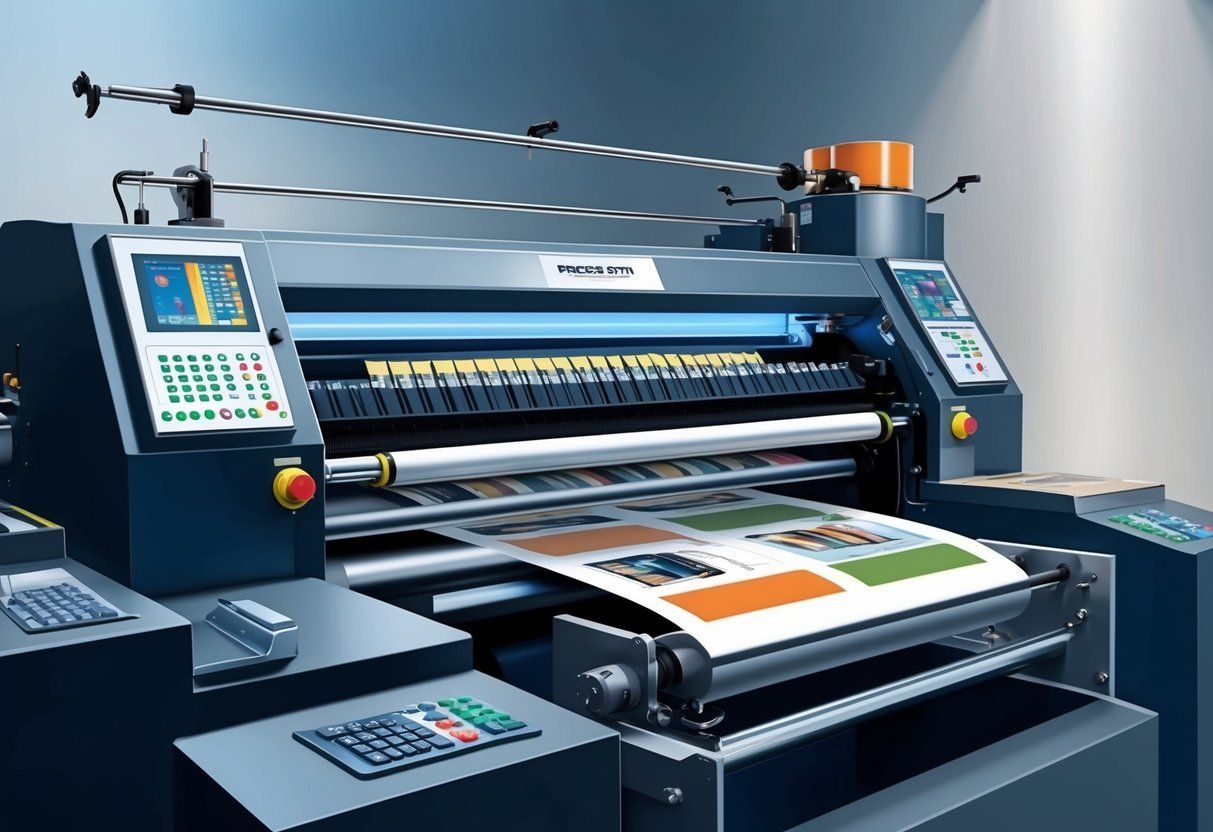Scottsdale Print Shop ) Mesa Print Shop ) Tempe Print Shop ) Phoenix Print Shop ) DC Ranch Print Shop ) Chandler Print Shop ) Peoria Print Shop ) Fountain Hills Print Shop ) Sun City Print Shop ) Glendale Print Shop ) Paradise Valley Print Shop ) Goodyear Print Shop ) Queen Creek Print Shop ) Avondale Print Shop ) Desert Ridge Print Shop ) Apache Junction Print Shop ) North Scottsdale Print Shop ) Pinnacle Peak Print Shop ) Grayawk Print Shop ) Kierland Print Shop ) Windsong Print Shop ) Mcdowell Mountain Ranch Print Shop ) Gainey Ranch Print Shop ) McCormick Ranch Print Shop ) Deer Valley Print Shop ) Arcadia Print Shop ) Troon Print Shop ) Silverleaf Print Shop ) Cave Creek Print Shop ) Old Town Print Shop ) South Scottsdale Print Shop ) Ancala Print Shop ) Central Phoenix Print Shop ) Carefree Print Shop ) Toleson Print Shop ) Ironwood Village Print Shop ) WIndgate Ranch Print Shop ) Northsight Print Shop ) Shea Print Shop ) Tatum Ranch Print Shop ) Casa Grande Print Shop ) Gilbert Print Shop ) Suprise Print Shop ) Buckeye Print Shop ) Scottsdale Banner Printing ) Mesa Banner Printing ) Tempe Banner Printing ) Phoenix Banner Printing ) DC Ranch Banner Printing ) Chandler Banner Printing ) Peoria Banner Printing ) Fountain Hills Banner Printing ) Sun City Banner Printing ) Glendale Banner Printing ) Paradise Valley Banner Printing ) Goodyear Banner Printing ) Queen Creek Banner Printing ) Avondale Banner Printing ) Desert Ridge Banner Printing ) Apache Junction Banner Printing ) North Scottsdale Banner Printing ) Pinnacle Peak Banner Printing ) Grayawk Banner Printing ) Kierland Banner Printing ) Windsong Banner Printing ) Mcdowell Mountain Ranch Banner Printing ) Gainey Ranch Banner Printing ) McCormick Ranch Banner Printing ) Deer Valley Banner Printing ) Arcadia Banner Printing ) Troon Banner Printing ) Silverleaf Banner Printing ) Cave Creek Banner Printing ) Old Town Banner Printing ) South Scottsdale Banner Printing ) Ancala Banner Printing ) Central Phoenix Banner Printing ) Carefree Banner Printing ) Toleson Banner Printing ) Ironwood Village Banner Printing ) WIndgate Ranch Banner Printing ) Northsight Banner Printing ) Shea Banner Printing ) Tatum Ranch Banner Printing ) Casa Grande Banner Printing ) Gilbert Banner Printing ) Suprise Banner Printing ) Buckeye Banner Printing ) Scottsdale Book Binding ) Mesa Book Binding ) Tempe Book Binding ) Phoenix Book Binding ) DC Ranch Book Binding ) Chandler Book Binding ) Peoria Book Binding ) Fountain Hills Book Binding ) Sun City Book Binding ) Glendale Book Binding ) Paradise Valley Book Binding ) Goodyear Book Binding ) Queen Creek Book Binding ) Avondale Book Binding ) Desert Ridge Book Binding ) Apache Junction Book Binding ) North Scottsdale Book Binding ) Pinnacle Peak Book Binding ) Grayawk Book Binding ) Kierland Book Binding ) Windsong Book Binding ) Mcdowell Mountain Ranch Book Binding ) Gainey Ranch Book Binding ) McCormick Ranch Book Binding ) Deer Valley Book Binding ) Arcadia Book Binding ) Troon Book Binding ) Silverleaf Book Binding ) Cave Creek Book Binding ) Old Town Book Binding ) South Scottsdale Book Binding ) Ancala Book Binding ) Central Phoenix Book Binding ) Carefree Book Binding ) Toleson Book Binding ) Ironwood Village Book Binding ) WIndgate Ranch Book Binding ) Northsight Book Binding ) Shea Book Binding ) Tatum Ranch Book Binding ) Casa Grande Book Binding ) Gilbert Book Binding ) Suprise Book Binding ) Buckeye Book Binding ) Scottsdale Booklet Printing ) Mesa Booklet Printing ) Tempe Booklet Printing ) Phoenix Booklet Printing ) DC Ranch Booklet Printing ) Chandler Booklet Printing ) Peoria Booklet Printing ) Fountain Hills Booklet Printing ) Sun City Booklet Printing ) Glendale Booklet Printing ) Paradise Valley Booklet Printing ) Goodyear Booklet Printing ) Queen Creek Booklet Printing ) Avondale Booklet Printing ) Desert Ridge Booklet Printing ) Apache Junction Booklet Printing ) North Scottsdale Booklet Printing ) Pinnacle Peak Booklet Printing ) Grayawk Booklet Printing ) Kierland Booklet Printing ) Windsong Booklet Printing ) Mcdowell Mountain Ranch Booklet Printing ) Gainey Ranch Booklet Printing ) McCormick Ranch Booklet Printing ) Deer Valley Booklet Printing ) Arcadia Booklet Printing ) Troon Booklet Printing ) Silverleaf Booklet Printing ) Cave Creek Booklet Printing ) Old Town Booklet Printing ) South Scottsdale Booklet Printing ) Ancala Booklet Printing ) Central Phoenix Booklet Printing ) Carefree Booklet Printing ) Toleson Booklet Printing ) Ironwood Village Booklet Printing ) WIndgate Ranch Booklet Printing ) Northsight Booklet Printing ) Shea Booklet Printing ) Tatum Ranch Booklet Printing ) Casa Grande Booklet Printing ) Gilbert Booklet Printing ) Suprise Booklet Printing ) Buckeye Booklet Printing ) Scottsdale Brochure Printing ) Mesa Brochure Printing ) Tempe Brochure Printing ) Phoenix Brochure Printing ) DC Ranch Brochure Printing ) Chandler Brochure Printing ) Peoria Brochure Printing ) Fountain Hills Brochure Printing ) Sun City Brochure Printing ) Glendale Brochure Printing ) Paradise Valley Brochure Printing ) Goodyear Brochure Printing ) Queen Creek Brochure Printing ) Avondale Brochure Printing ) Desert Ridge Brochure Printing ) Apache Junction Brochure Printing ) North Scottsdale Brochure Printing ) Pinnacle Peak Brochure Printing ) Grayawk Brochure Printing ) Kierland Brochure Printing ) Windsong Brochure Printing ) Mcdowell Mountain Ranch Brochure Printing ) Gainey Ranch Brochure Printing ) McCormick Ranch Brochure Printing ) Deer Valley Brochure Printing ) Arcadia Brochure Printing ) Troon Brochure Printing ) Silverleaf Brochure Printing ) Cave Creek Brochure Printing ) Old Town Brochure Printing ) South Scottsdale Brochure Printing ) Ancala Brochure Printing ) Central Phoenix Brochure Printing ) Carefree Brochure Printing ) Toleson Brochure Printing ) Ironwood Village Brochure Printing ) WIndgate Ranch Brochure Printing ) Northsight Brochure Printing ) Shea Brochure Printing ) Tatum Ranch Brochure Printing ) Casa Grande Brochure Printing ) Gilbert Brochure Printing ) Suprise Brochure Printing ) Buckeye Brochure Printing ) Scottsdale Business Card Printing ) Mesa Business Card Printing ) Tempe Business Card Printing ) Phoenix Business Card Printing ) DC Ranch Business Card Printing ) Chandler Business Card Printing ) Peoria Business Card Printing ) Fountain Hills Business Card Printing ) Sun City Business Card Printing ) Glendale Business Card Printing ) Paradise Valley Business Card Printing ) Goodyear Business Card Printing ) Queen Creek Business Card Printing ) Avondale Business Card Printing ) Desert Ridge Business Card Printing ) Apache Junction Business Card Printing ) North Scottsdale Business Card Printing ) Pinnacle Peak Business Card Printing ) Grayawk Business Card Printing ) Kierland Business Card Printing ) Windsong Business Card Printing ) Mcdowell Mountain Ranch Business Card Printing ) Gainey Ranch Business Card Printing ) McCormick Ranch Business Card Printing ) Deer Valley Business Card Printing ) Arcadia Business Card Printing ) Troon Business Card Printing ) Silverleaf Business Card Printing ) Cave Creek Business Card Printing ) Old Town Business Card Printing ) South Scottsdale Business Card Printing ) Ancala Business Card Printing ) Central Phoenix Business Card Printing ) Carefree Business Card Printing ) Toleson Business Card Printing ) Ironwood Village Business Card Printing ) WIndgate Ranch Business Card Printing ) Northsight Business Card Printing ) Shea Business Card Printing ) Tatum Ranch Business Card Printing ) Casa Grande Business Card Printing ) Gilbert Business Card Printing ) Suprise Business Card Printing ) Buckeye Business Card Printing ) Scottsdale Catalog Printing ) Mesa Catalog Printing ) Tempe Catalog Printing ) Phoenix Catalog Printing ) DC Ranch Catalog Printing ) Chandler Catalog Printing ) Peoria Catalog Printing ) Fountain Hills Catalog Printing ) Sun City Catalog Printing ) Glendale Catalog Printing ) Paradise Valley Catalog Printing ) Goodyear Catalog Printing ) Queen Creek Catalog Printing ) Avondale Catalog Printing ) Desert Ridge Catalog Printing ) Apache Junction Catalog Printing ) North Scottsdale Catalog Printing ) Pinnacle Peak Catalog Printing ) Grayawk Catalog Printing ) Kierland Catalog Printing ) Windsong Catalog Printing ) Mcdowell Mountain Ranch Catalog Printing ) Gainey Ranch Catalog Printing ) McCormick Ranch Catalog Printing ) Deer Valley Catalog Printing ) Arcadia Catalog Printing ) Troon Catalog Printing ) Silverleaf Catalog Printing ) Cave Creek Catalog Printing ) Old Town Catalog Printing ) South Scottsdale Catalog Printing ) Ancala Catalog Printing ) Central Phoenix Catalog Printing ) Carefree Catalog Printing ) Toleson Catalog Printing ) Ironwood Village Catalog Printing ) WIndgate Ranch Catalog Printing ) Northsight Catalog Printing ) Shea Catalog Printing ) Tatum Ranch Catalog Printing ) Casa Grande Catalog Printing ) Gilbert Catalog Printing ) Suprise Catalog Printing ) Buckeye Catalog Printing ) Scottsdale Commercial Printing ) Mesa Commercial Printing ) Tempe Commercial Printing ) Phoenix Commercial Printing ) DC Ranch Commercial Printing ) Chandler Commercial Printing ) Peoria Commercial Printing ) Fountain Hills Commercial Printing ) Sun City Commercial Printing ) Glendale Commercial Printing ) Paradise Valley Commercial Printing ) Goodyear Commercial Printing ) Queen Creek Commercial Printing ) Avondale Commercial Printing ) Desert Ridge Commercial Printing ) Apache Junction Commercial Printing ) North Scottsdale Commercial Printing ) Pinnacle Peak Commercial Printing ) Grayawk Commercial Printing ) Kierland Commercial Printing ) Windsong Commercial Printing ) Mcdowell Mountain Ranch Commercial Printing ) Gainey Ranch Commercial Printing ) McCormick Ranch Commercial Printing ) Deer Valley Commercial Printing ) Arcadia Commercial Printing ) Troon Commercial Printing ) Silverleaf Commercial Printing ) Cave Creek Commercial Printing ) Old Town Commercial Printing ) South Scottsdale Commercial Printing ) Ancala Commercial Printing ) Central Phoenix Commercial Printing ) Carefree Commercial Printing ) Toleson Commercial Printing ) Ironwood Village Commercial Printing ) WIndgate Ranch Commercial Printing ) Northsight Commercial Printing ) Shea Commercial Printing ) Tatum Ranch Commercial Printing ) Casa Grande Commercial Printing ) Gilbert Commercial Printing ) Suprise Commercial Printing ) Buckeye Commercial Printing ) Scottsdale Coroplast Signs ) Mesa Coroplast Signs ) Tempe Coroplast Signs ) Phoenix Coroplast Signs ) Scottsdale Digital Printing ) Mesa Digital Printing ) Tempe Digital Printing ) Phoenix Digital Printing ) DC Ranch Digital Printing ) Chandler Digital Printing ) Peoria Digital Printing ) Fountain Hills Digital Printing ) Sun City Digital Printing ) Glendale Digital Printing ) Paradise Valley Digital Printing ) Goodyear Digital Printing ) Queen Creek Digital Printing ) Avondale Digital Printing ) Desert Ridge Digital Printing ) Apache Junction Digital Printing ) North Scottsdale Digital Printing ) Pinnacle Peak Digital Printing ) Grayawk Digital Printing ) Kierland Digital Printing ) Windsong Digital Printing ) Mcdowell Mountain Ranch Digital Printing ) Gainey Ranch Digital Printing ) McCormick Ranch Digital Printing ) Deer Valley Digital Printing ) Arcadia Digital Printing ) Troon Digital Printing ) Silverleaf Digital Printing ) Cave Creek Digital Printing ) Old Town Digital Printing ) South Scottsdale Digital Printing ) Ancala Digital Printing ) Central Phoenix Digital Printing ) Carefree Digital Printing ) Toleson Digital Printing ) Ironwood Village Digital Printing ) WIndgate Ranch Digital Printing ) Northsight Digital Printing ) Shea Digital Printing ) Tatum Ranch Digital Printing ) Casa Grande Digital Printing ) Gilbert Digital Printing ) Suprise Digital Printing ) Buckeye Digital Printing ) Scottsdale Direct Mailing Services ) Mesa Direct Mailing Services ) Tempe Direct Mailing Services ) Phoenix Direct Mailing Services ) DC Ranch Direct Mailing Services ) Chandler Direct Mailing Services ) Peoria Direct Mailing Services ) Fountain Hills Direct Mailing Services ) Sun City Direct Mailing Services ) Glendale Direct Mailing Services ) Paradise Valley Direct Mailing Services ) Goodyear Direct Mailing Services ) Queen Creek Direct Mailing Services ) Avondale Direct Mailing Services ) Desert Ridge Direct Mailing Services ) Apache Junction Direct Mailing Services ) North Scottsdale Direct Mailing Services ) Pinnacle Peak Direct Mailing Services ) Grayawk Direct Mailing Services ) Kierland Direct Mailing Services ) Windsong Direct Mailing Services ) Mcdowell Mountain Ranch Direct Mailing Services ) Gainey Ranch Direct Mailing Services ) McCormick Ranch Direct Mailing Services ) Deer Valley Direct Mailing Services ) Arcadia Direct Mailing Services ) Troon Direct Mailing Services ) Silverleaf Direct Mailing Services ) Cave Creek Direct Mailing Services ) Old Town Direct Mailing Services ) South Scottsdale Direct Mailing Services ) Ancala Direct Mailing Services ) Central Phoenix Direct Mailing Services ) Carefree Direct Mailing Services ) Toleson Direct Mailing Services ) Ironwood Village Direct Mailing Services ) WIndgate Ranch Direct Mailing Services ) Northsight Direct Mailing Services ) Shea Direct Mailing Services ) Tatum Ranch Direct Mailing Services ) Casa Grande Direct Mailing Services ) Gilbert Direct Mailing Services ) Suprise Direct Mailing Services ) Buckeye Direct Mailing Services ) Scottsdale Flyer Printing ) Mesa Flyer Printing ) Tempe Flyer Printing ) Phoenix Flyer Printing ) DC Ranch Flyer Printing ) Chandler Flyer Printing ) Peoria Flyer Printing ) Fountain Hills Flyer Printing ) Sun City Flyer Printing ) Glendale Flyer Printing ) Paradise Valley Flyer Printing ) Goodyear Flyer Printing ) Queen Creek Flyer Printing ) Avondale Flyer Printing ) Desert Ridge Flyer Printing ) Apache Junction Flyer Printing ) North Scottsdale Flyer Printing ) Pinnacle Peak Flyer Printing ) Grayawk Flyer Printing ) Kierland Flyer Printing ) Windsong Flyer Printing ) Mcdowell Mountain Ranch Flyer Printing ) Gainey Ranch Flyer Printing ) McCormick Ranch Flyer Printing ) Deer Valley Flyer Printing ) Arcadia Flyer Printing ) Troon Flyer Printing ) Silverleaf Flyer Printing ) Cave Creek Flyer Printing ) Old Town Flyer Printing ) South Scottsdale Flyer Printing ) Ancala Flyer Printing ) Central Phoenix Flyer Printing ) Carefree Flyer Printing ) Toleson Flyer Printing ) Ironwood Village Flyer Printing ) WIndgate Ranch Flyer Printing ) Northsight Flyer Printing ) Shea Flyer Printing ) Tatum Ranch Flyer Printing ) Casa Grande Flyer Printing ) Gilbert Flyer Printing ) Suprise Flyer Printing ) Buckeye Flyer Printing ) Scottsdale Graphic Design ) Mesa Graphic Design ) Tempe Graphic Design ) Phoenix Graphic Design ) DC Ranch Graphic Design ) Chandler Graphic Design ) Peoria Graphic Design ) Fountain Hills Graphic Design ) Sun City Graphic Design ) Glendale Graphic Design ) Paradise Valley Graphic Design ) Goodyear Graphic Design ) Queen Creek Graphic Design ) Avondale Graphic Design ) Desert Ridge Graphic Design ) Apache Junction Graphic Design ) North Scottsdale Graphic Design ) Pinnacle Peak Graphic Design ) Grayawk Graphic Design ) Kierland Graphic Design ) Windsong Graphic Design ) Mcdowell Mountain Ranch Graphic Design ) Gainey Ranch Graphic Design ) McCormick Ranch Graphic Design ) Deer Valley Graphic Design ) Arcadia Graphic Design ) Troon Graphic Design ) Silverleaf Graphic Design ) Cave Creek Graphic Design ) Old Town Graphic Design ) South Scottsdale Graphic Design ) Ancala Graphic Design ) Central Phoenix Graphic Design ) Carefree Graphic Design ) Toleson Graphic Design ) Ironwood Village Graphic Design ) WIndgate Ranch Graphic Design ) Northsight Graphic Design ) Shea Graphic Design ) Tatum Ranch Graphic Design ) Casa Grande Graphic Design ) Gilbert Graphic Design ) Suprise Graphic Design ) Buckeye Graphic Design ) Scottsdale Large Format Printing ) Mesa Large Format Printing ) Tempe Large Format Printing ) Phoenix Large Format Printing ) DC Ranch Large Format Printing ) Chandler Large Format Printing ) Peoria Large Format Printing ) Fountain Hills Large Format Printing ) Sun City Large Format Printing ) Glendale Large Format Printing ) Paradise Valley Large Format Printing ) Goodyear Large Format Printing ) Peoria Postcard Printing ) Fountain Hills Postcard Printing ) Sun City Postcard Printing ) Glendale Postcard Printing ) Paradise Valley Postcard Printing ) Goodyear Postcard Printing ) Queen Creek Postcard Printing ) Avondale Postcard Printing ) Desert Ridge Postcard Printing ) Apache Junction Postcard Printing ) North Scottsdale Postcard Printing ) Pinnacle Peak Postcard Printing ) Grayawk Postcard Printing ) Kierland Postcard Printing ) Windsong Postcard Printing ) Mcdowell Mountain Ranch Postcard Printing ) Gainey Ranch Postcard Printing ) McCormick Ranch Postcard Printing ) Deer Valley Postcard Printing ) Arcadia Postcard Printing ) Troon Postcard Printing ) Silverleaf Postcard Printing ) Cave Creek Postcard Printing ) Old Town Postcard Printing ) South Scottsdale Postcard Printing ) Ancala Postcard Printing ) Central Phoenix Postcard Printing ) Carefree Postcard Printing ) Toleson Postcard Printing ) Ironwood Village Postcard Printing ) WIndgate Ranch Postcard Printing ) Northsight Postcard Printing ) Shea Postcard Printing ) Tatum Ranch Postcard Printing ) Casa Grande Postcard Printing ) Gilbert Postcard Printing ) Suprise Postcard Printing ) Buckeye Postcard Printing ) Scottsdale Poster Printing ) Mesa Poster Printing ) Tempe Poster Printing ) Phoenix Poster Printing ) DC Ranch Poster Printing ) Chandler Poster Printing ) Peoria Poster Printing ) Fountain Hills Poster Printing ) Sun City Poster Printing ) Glendale Poster Printing ) Paradise Valley Poster Printing ) Goodyear Poster Printing ) Queen Creek Poster Printing ) Avondale Poster Printing ) Desert Ridge Poster Printing ) Apache Junction Poster Printing ) North Scottsdale Poster Printing ) Pinnacle Peak Poster Printing ) Grayawk Poster Printing ) Kierland Poster Printing ) Windsong Poster Printing ) Mcdowell Mountain Ranch Poster Printing ) Gainey Ranch Poster Printing ) McCormick Ranch Poster Printing ) Deer Valley Poster Printing ) Arcadia Poster Printing ) Troon Poster Printing ) Silverleaf Poster Printing ) Cave Creek Poster Printing ) Old Town Poster Printing ) South Scottsdale Poster Printing ) Ancala Poster Printing ) Central Phoenix Poster Printing ) Carefree Poster Printing ) Toleson Poster Printing ) Ironwood Village Poster Printing ) WIndgate Ranch Poster Printing ) Northsight Poster Printing ) Shea Poster Printing ) Tatum Ranch Poster Printing ) Casa Grande Poster Printing ) Gilbert Poster Printing ) Suprise Poster Printing ) Buckeye Poster Printing ) Scottsdale Promotional Items Printing )
Brochure Print & Design Tips: Crafting Impactful Marketing Materials
Brochures stand as a timeless tool in marketing, serving as a tangible piece of branding that potential customers can hold and peruse at their leisure. An effectively designed brochure aligns with the company’s identity and communicates the intended message to the target audience with clarity. It’s crucial to recognize that brochure design is not just about aesthetics; it’s about crafting a narrative that resonates with the readers, prompting them to take action, whether it’s making a purchase, signing up for a service, or attending an event.

A well-thought-out brochure design can significantly improve the perception of your business and increase engagement. It involves choosing the right colors, fonts, and images that reflect the company’s brand and ethos. Layout and content organization are also essential in ensuring that information is accessible and easy to digest. Finally, understanding the distribution channels and knowing how to gather feedback will help refine future designs, ensuring they achieve the desired impact.
Key Takeaways
- Brochures are an effective marketing tool that conveys a brand’s message and prompts action.
- Strategic design choices in layout, color, and typography enhance engagement and brand perception.
- Continuous feedback and iteration of brochure design lead to more targeted and effective communication.
Understanding Brochure Purpose and Audience
Creating an effective brochure hinges on understanding its purpose and who it’s designed for. This ensures that the brochure serves as a powerful marketing tool, guiding potential customers towards a desired action.
Defining Your Target Audience
To craft a brochure that resonates, one must carefully identify the target audience . This involves determining demographic details such as age, gender, income level, and education. Additionally, understanding the audience’s interests and needs is crucial. They should tailor the brochure’s content to match the audience’s preferences, making it more relevant and engaging.
Aligning Brochure Goals with Business Objectives
A brochure should have clear goals that align with the broader business objectives. Whether it’s brand awareness, product education, or lead generation, each brochure should have defined metrics for success . This alignment ensures that the brochure contributes effectively to the company’s overall strategy.
Capturing Reader’s Attention
The brochure must grab the reader’s attention immediately. An intriguing headline , coupled with compelling images and an easy-to-read layout, will draw readers in. It’s essential to keep the design and content engaging, possibly injecting an element of fun without compromising the professional presentation.
Communicating Brand Message
Communicating a cohesive brand message is vital. The brochure should reflect the company’s brand identity , from the logo and color scheme to the brand personality . Consistent use of these elements across all marketing materials enhances brand recognition .
Call-to-Action: Guiding Potential Customers
The ultimate goal of a brochure is to prompt action from potential customers. A strong call-to-action (CTA) should be clear and compelling, often including a phone number , email address , or social media handle . The CTA guides readers through the next steps, whether it’s to make a purchase, learn more, or reach out for further information.
Designing Your Brochure
When embarking on brochure design, attention to detail across various elements, from selecting the type to choosing materials, determines the impact and effectiveness of the final product.
Selecting a Brochure Type
The brochure type sets the foundation for the design process. The choice should align with the content and the intended use:
- Tri-fold: A common choice offering a simple layout with distinct sections.
- Bi-fold (Half-fold): Suitable for a more formal presentation with ample space.
- Z-fold: Ideal for step-by-step information, leading the reader through each panel.
- Roll fold: Good for hierarchical information, opening up to reveal details progressively.
- Accordion fold: Offers a sequential unfolding experience, fitting for storytelling.
Balancing Visuals and Copy
Striking a balance between graphics and copy ensures that neither overwhelms the other:
Graphics:
- Use high-quality images and illustrations to support your message.
- Incorporate stock images judiciously, ensuring relevance and quality.
Copy:
- Keep it concise and structured with bullet points and short paragraphs.
- Ensure it complements the visuals and clearly conveys the key messages.
Choosing the Right Fonts and Colors
Fonts and colors are crucial in conveying brand identity and enhancing readability:
Fonts:
- Select a typeface like Helvetica for its readability and professional appearance.
- Use a maximum of two fonts to maintain a cohesive look.
Colors:
- Choose a color scheme that aligns with your brand and the brochure’s purpose.
- Utilize contrasting colors for better legibility and to draw attention to key areas.
Incorporating Effective Layout and White Space
A well-considered layout engages the reader and directs the flow of information:
- Use white space strategically to prevent clutter and focus attention.
- Arrange content using shapes, boxes, and sections to break up text and create interest.
The Importance of High-Quality Materials
Material quality directly influences the perceived value of the brochure:
- Choose a high-quality paper stock that conveys the brochure’s purpose and quality.
- Considerations like texture and coating can add a tactile dimension and improve durability.
Finalizing and Printing Your Brochure
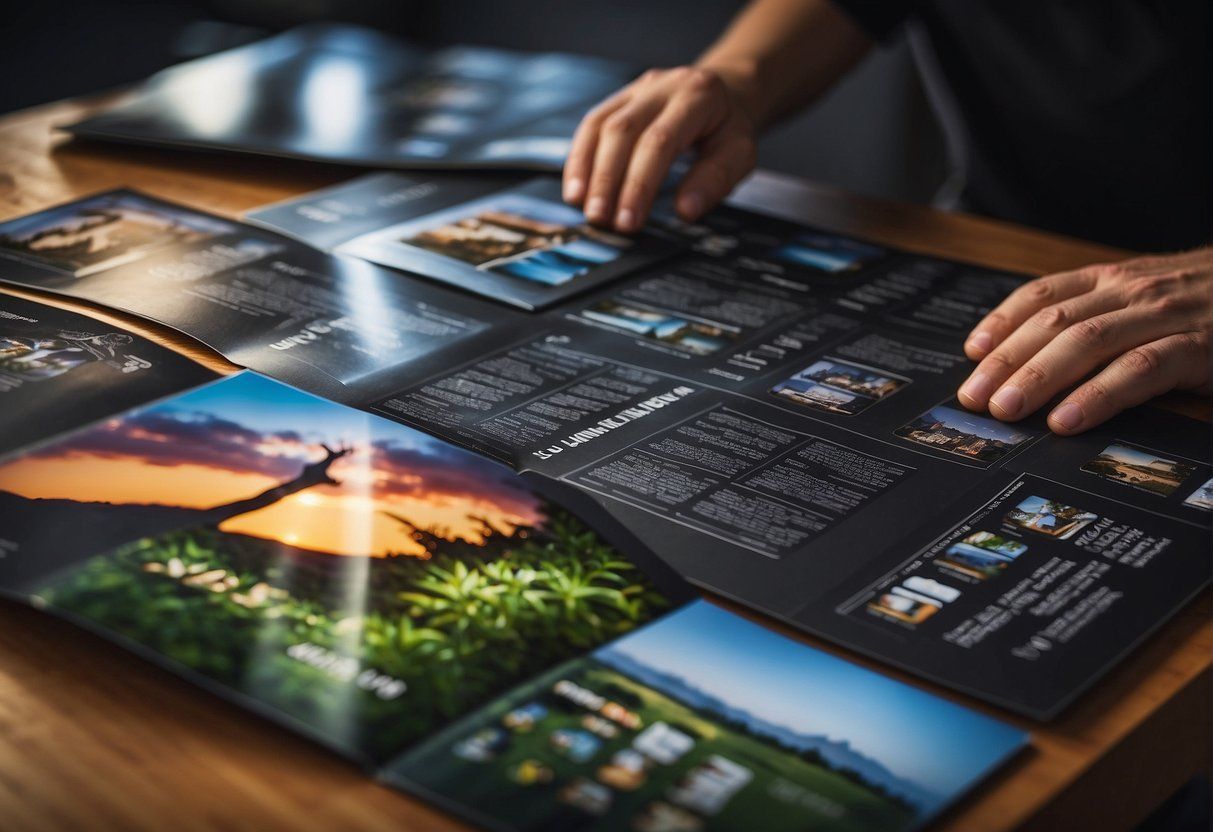
Prior to printing, one must ensure the brochure’s design is both effective and final, with a clear display and reader perspective in mind. This phase is critical in producing a high-quality brochure that reflects the intended products and services.
Final Review and Design Adjustments
A thorough final review of the brochure design is crucial. Designers should:
- Check for typographical errors and ensure all design elements are correctly aligned.
- Make adjustments based on feedback to guarantee the brochure’s effectiveness.
- Consider the reader’s perspective to validate that the brochure is engaging and informative.
- Ensure that inserts, die cuts, and brochure folds are accurately represented for a dynamic display.
Understanding the Printing Process
Understanding the printing process is essential for achieving a high-quality print. Key considerations include:
- Brochure folds : Choose the right fold, as it impacts how the reader will engage with the content.
- Coating : Decide on coatings (e.g., gloss or matte) to enhance the brochure’s durability and appearance.
- Color and resolution : Ensure colors are matched correctly and images are high-resolution to avoid a pixelated look.
Selecting a Professional Printer
Selecting a professional printer is fundamental for a superior brochure print. Criteria for selection should include:
- Experience : Look for printers with a positive track record in producing brochures.
- Quality of past work : Ask for samples to assess the standard of print and finish.
- Capabilities : Ensure they can offer the brochure folds and finishes desired, such as die cuts or specialty coatings.
Considering Budget and Quantity
One’s budget and the quantity of brochures needed are significant factors to consider. Determining these early helps in:
- Estimating costs : Understand all costs involved, including design changes and potential additional features.
- Deciding on quantity : Print a small batch initially if testing the market, or opt for bulk printing to reduce costs per unit for large campaigns.
Distribution Strategies

Brochures serve as a powerful marketing tool , but their impact depends greatly on how they are distributed. Distribution strategies should align with the target audience’s interests and behaviors to ensure brochures are picked up and read.
When placing brochures on display , choose locations with high foot traffic related to the brochure’s content. Retail stores, tourist information centers, and event venues are prime spots. It’s crucial to consider the display setup:
- Use clear, eye-catching brochure holders .
- Position brochures at eye level or on tabletops for easy access.
Direct mailing is another effective strategy. Send brochures to a curated list of potential or existing customers. Ensure the design is compliant with postal service requirements for size and weight.
Networking events offer opportunities to hand out brochures directly. It personalizes the exchange and can prompt immediate engagement.
For digital distribution, use brochure templates that are optimized for email or website downloads. They should maintain high-quality visuals and readability, which includes well-designed graphs and infographics.
| Distribution Channels | Description |
|---|---|
| Retail Outlets | Place in view of targeted shoppers |
| Mailboxes | Deliver to a specific audience |
| Events & Conferences | Hand out to attendees |
| Digital Platforms | Provide download options |
Ensure all staff members are well-versed in the brochure’s content, so they can effectively communicate with readers and answer any questions. Remember to track which distribution strategies yield the best results to refine future brochure campaigns.
Monitoring Impact and Iterating Design
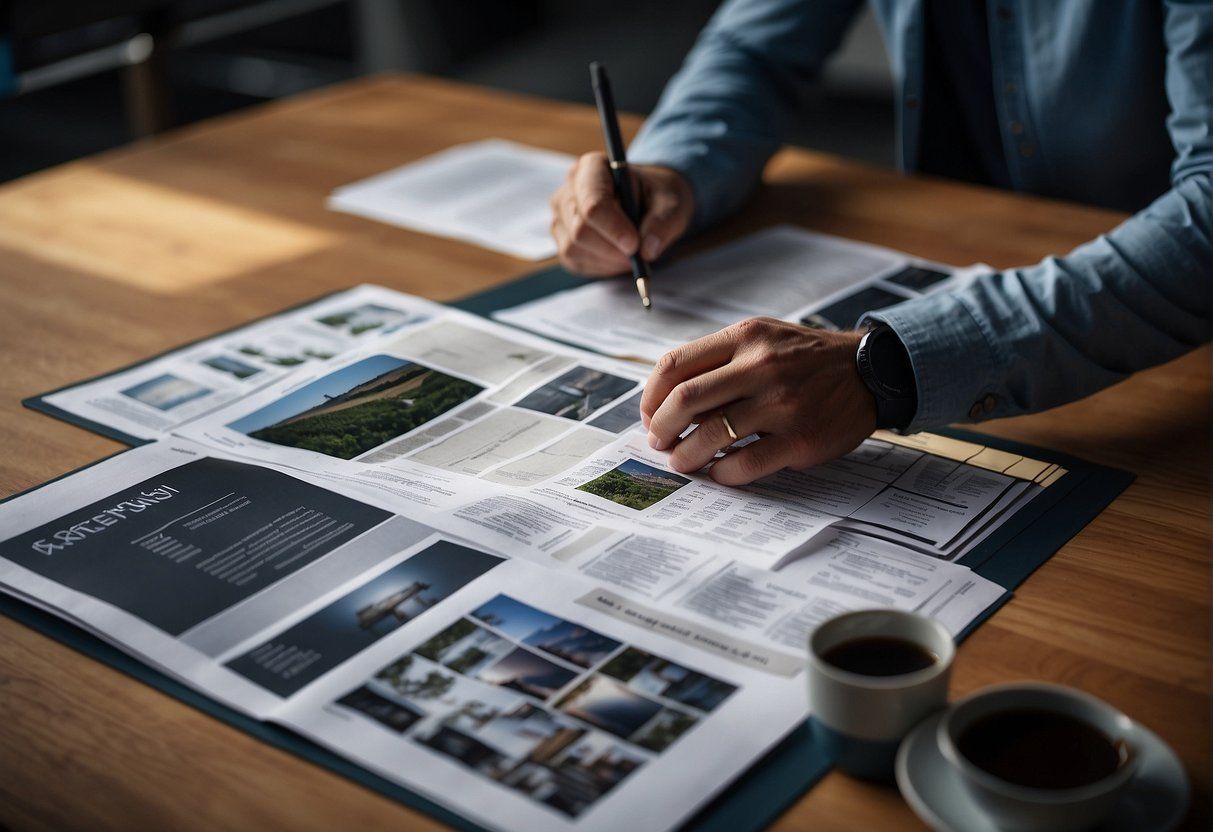
When creating a brochure, it’s essential to measure its effectiveness. Metrics for success may include conversion rate, customer engagement, and distribution reach. Businesses should track these metrics to gauge the brochure’s impact.
Keeping the reader in mind is crucial. Brochures should cater to the target audience’s preferences and needs, ensuring content resonates and prompts action. Regularly soliciting feedback is a method for understanding the audience’s response. This can be done through surveys, direct responses, or observing the customer journey and interactions with the brochure.
Change is inevitable in the dynamic market landscape. Brochures must adapt to maintain relevance. Iterative design is about making informed adjustments to the brochure based on the collected data and feedback.
Brand identity must remain consistent throughout iterations. Any changes in design or content should align with the established brand image and message.
In summary, monitoring a brochure’s performance through set metrics and seeking feedback are essential for refining the design iteratively while retaining the brand’s core identity.
| Activity | Description |
|---|---|
| Tracking Metrics | Assess conversion rates and customer interaction. |
| Collecting Feedback | Obtain audience input through surveys or direct communication. |
| Analyzing Data | Use feedback and metrics to understand brochure performance. |
| Making Iterations | Update design and content based on data analysis and feedback, maintaining brand consistency. |
Ensuring Accessibility and Inclusivity

When creating a brochure, it’s essential to cater to diverse needs and preferences. Designers should use simple language and clear fonts that are easily readable to make the brochure’s content accessible. Large font sizes and high-contrast color schemes can assist individuals with visual impairments.
Visual Accessibility:
- Utilize a minimum font size of 12pt.
- Opt for sans-serif fonts like Arial or Helvetica.
- Ensure text and background colors contrast well.
To support individuals with dyslexia, avoid italics and underline text only when necessary. Additionally, offering electronic versions of the brochure, which can be read by screen readers, increases access for those with severe visual impairments.
Cognitive Accessibility:
- Keep language simple and jargon-free.
- Break information into short, digestible sections.
- Use bullet points to highlight key features.
Images and diagrams should have clear labels or descriptions. These visual elements aid comprehension and retain attention. It’s also prudent to test the brochure’s design with a variety of individuals to get feedback on its inclusiveness.
Finally, consider alternatives for physical brochures such as audio formats or Braille versions to cater to all audience members. Accessibility features should not feel like an afterthought but rather an integral part of the brochure’s design process.
Frequently Asked Questions
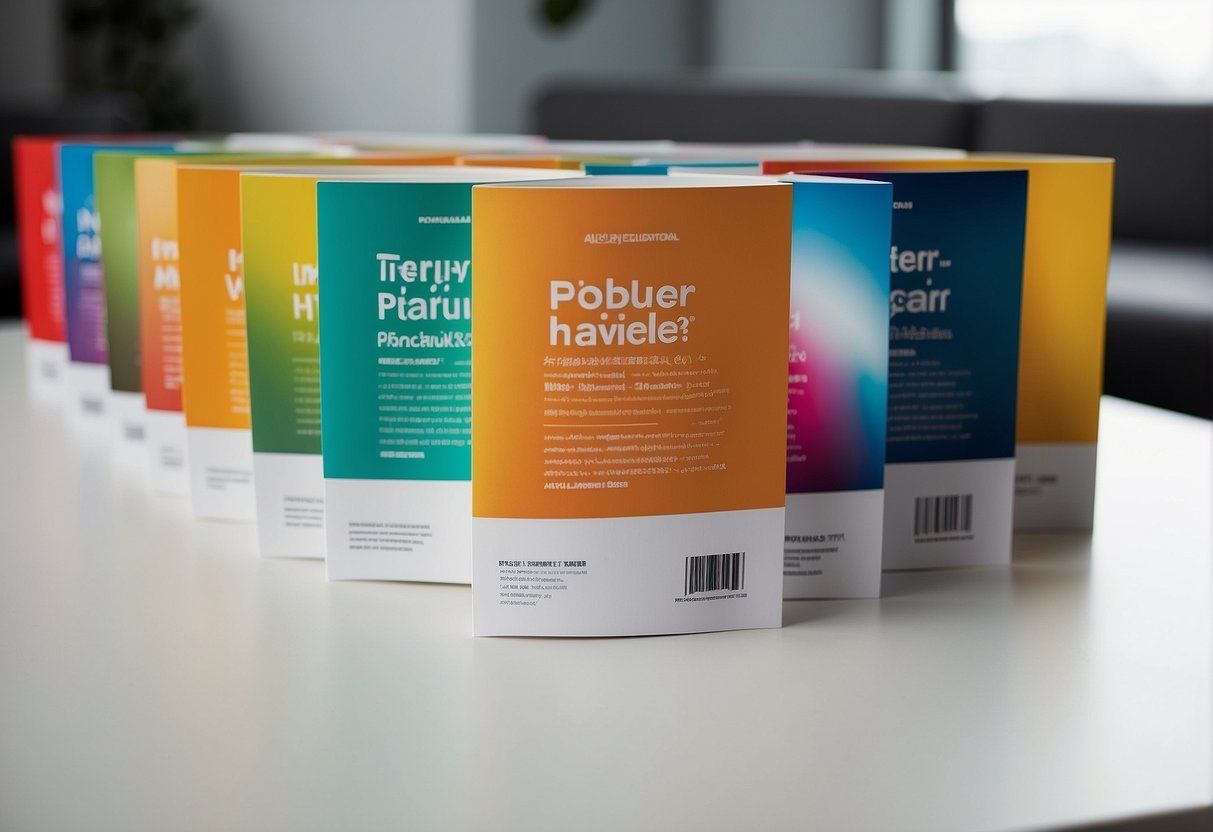
In this section, readers will find answers to common inquiries about brochure design and printing, providing crucial knowledge to create effective marketing materials.
What are the key design principles to consider for creating an impactful brochure?
An impactful brochure should balance white space, visual hierarchy, and consistency. It’s important to guide the reader’s attention through contrast, scale, and strategic arrangement of elements.
What techniques enhance the readability and retention of information in brochure layouts?
For enhanced readability, designers should use legible fonts, buffer text with ample line spacing, and break up large blocks of text. Bullet points, subheadings, and pull quotes also aid in information retention.
Which elements are crucial to ensure that a brochure serves its marketing purpose effectively?
A clear call-to-action, engaging headlines, and contact information are crucial for a brochure’s marketing success. Including a unique value proposition helps distinguish a product or service from competitors.
What are the recommended paper types and finishes for professional brochure printing?
High-quality, coated paper types such as gloss, matte, or silk are recommended for professional brochure printing. These finishes improve durability and visual appeal, influencing the tactile experience.
How can color psychology be utilized in brochure design to convey the right message?
Color psychology can be utilized by choosing colors that evoke the desired emotional response. For example, blue can convey trust, while red may invoke excitement or urgency.
What guidelines should be followed for incorporating images and graphics into brochures?
Images and graphics in brochures should be high-resolution to avoid pixelation when printed. They must be relevant to the content and should complement the overall design without overwhelming the text.…
The post Brochure Print & Design Tips: Crafting Impactful Marketing Materials first appeared on Guardia Law Firm Llc.
